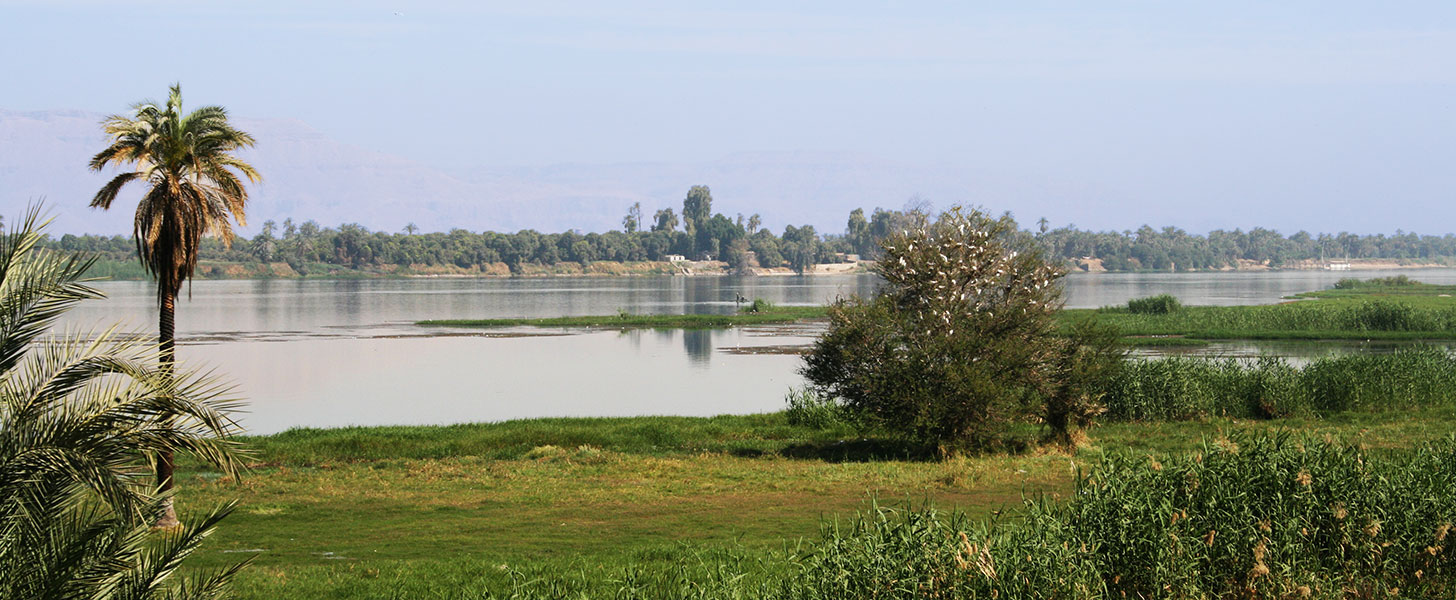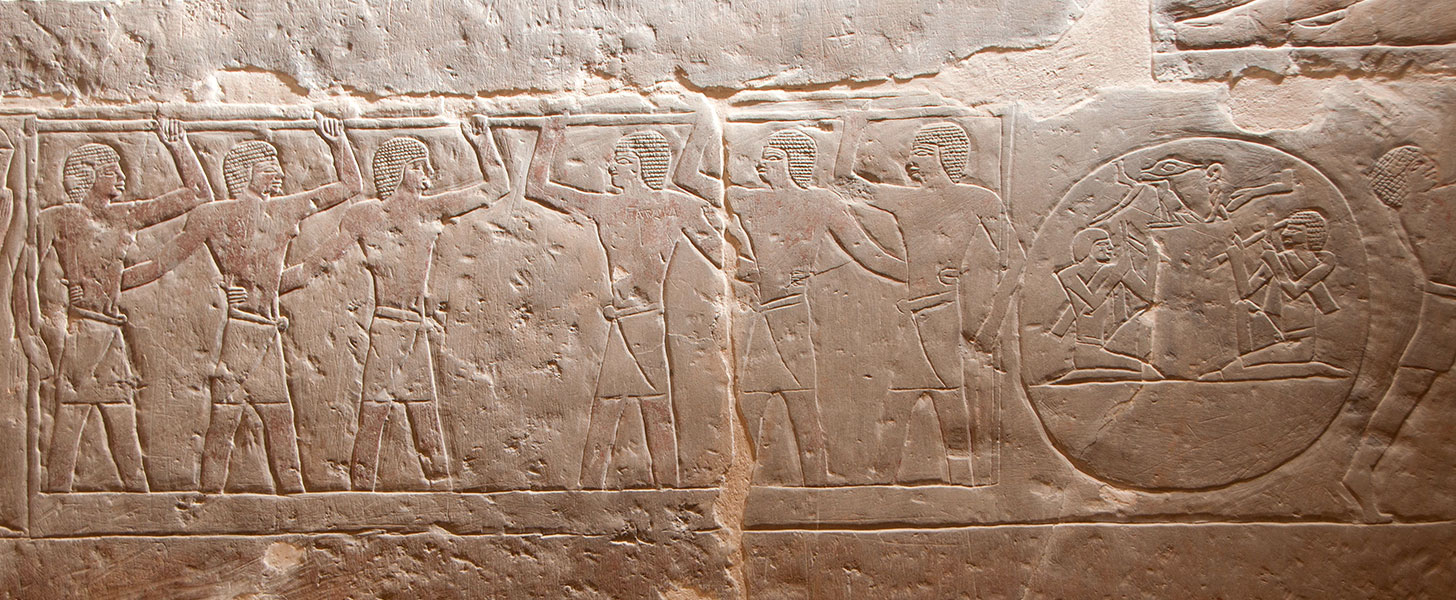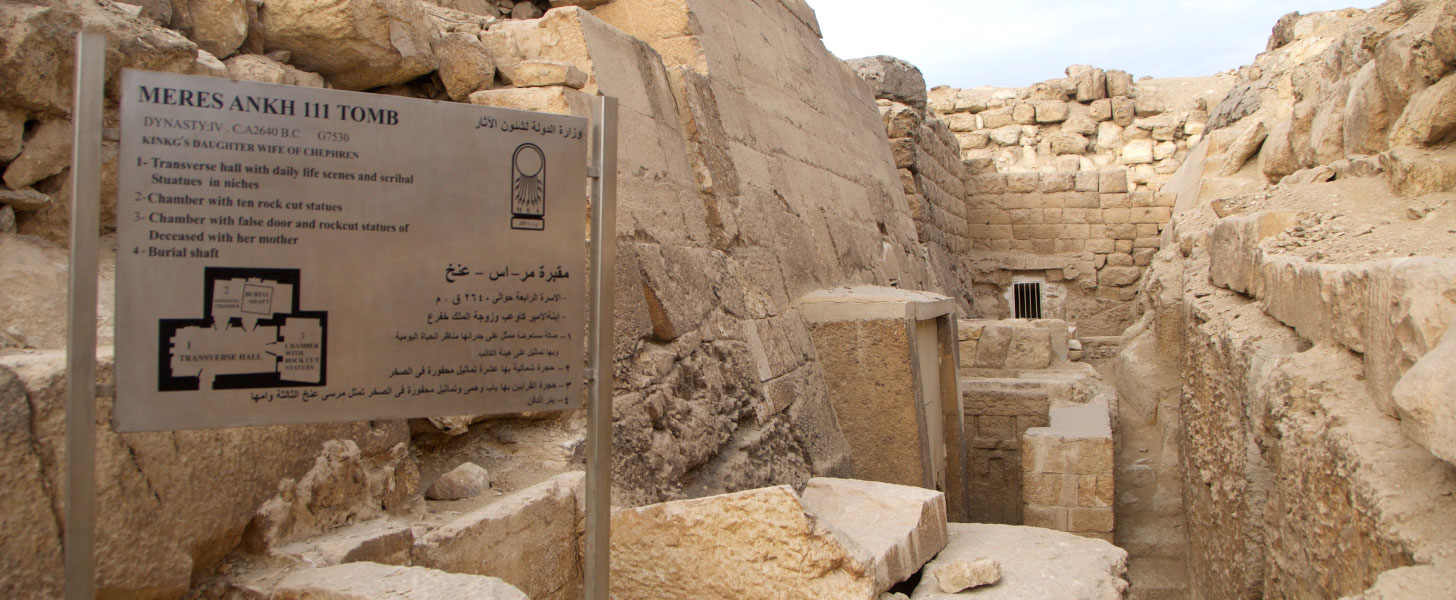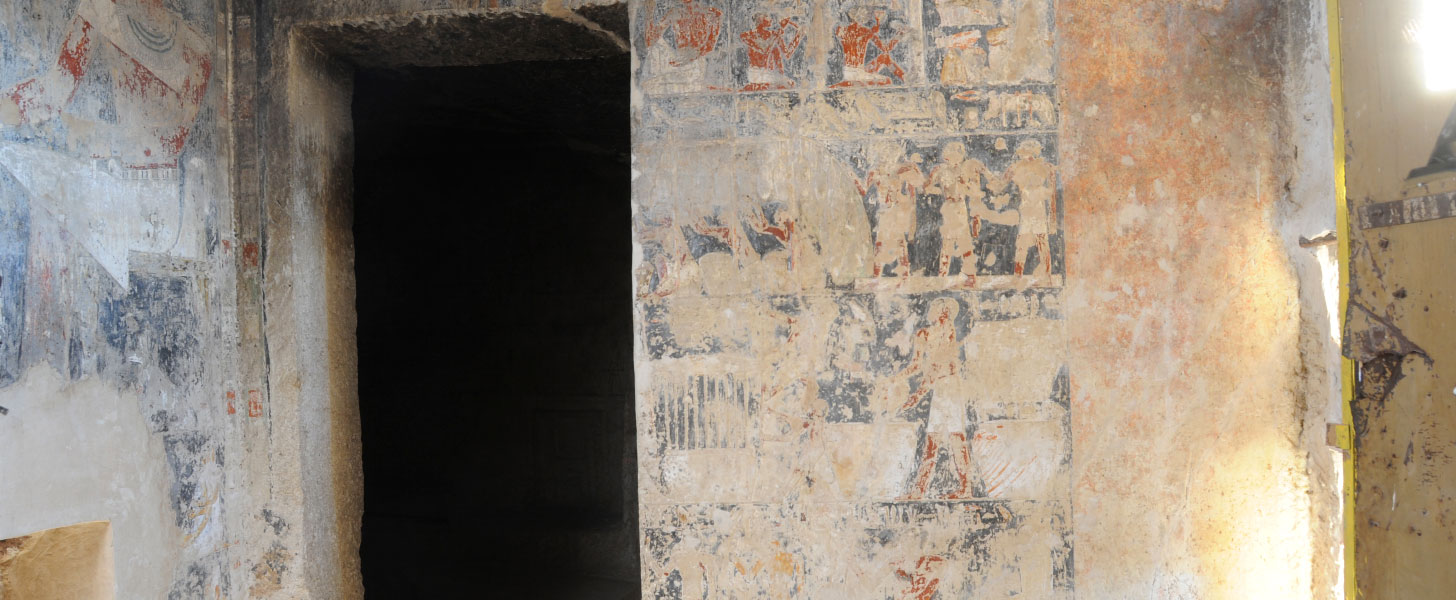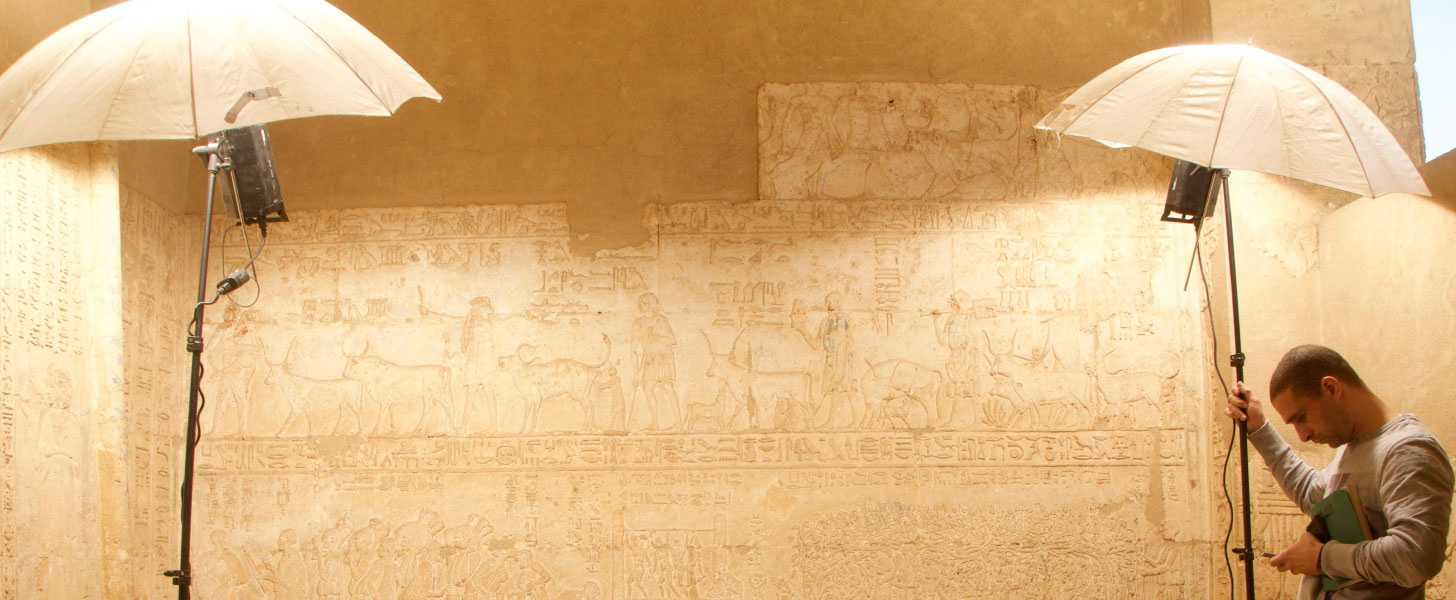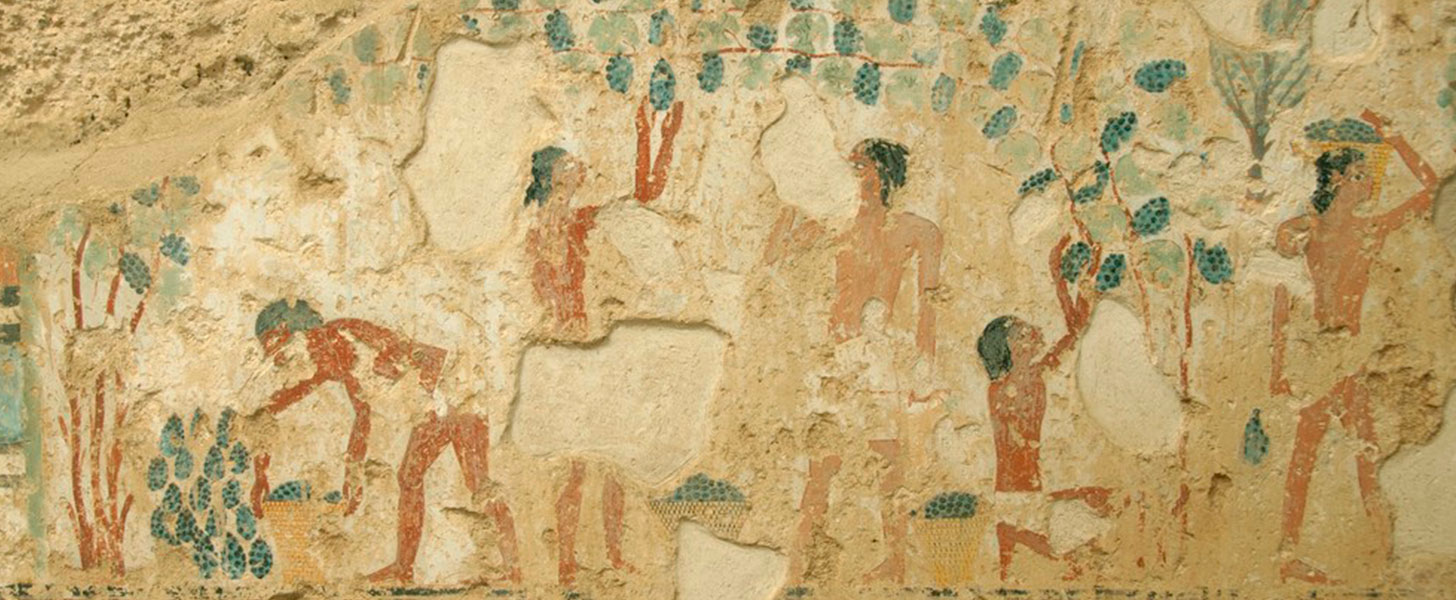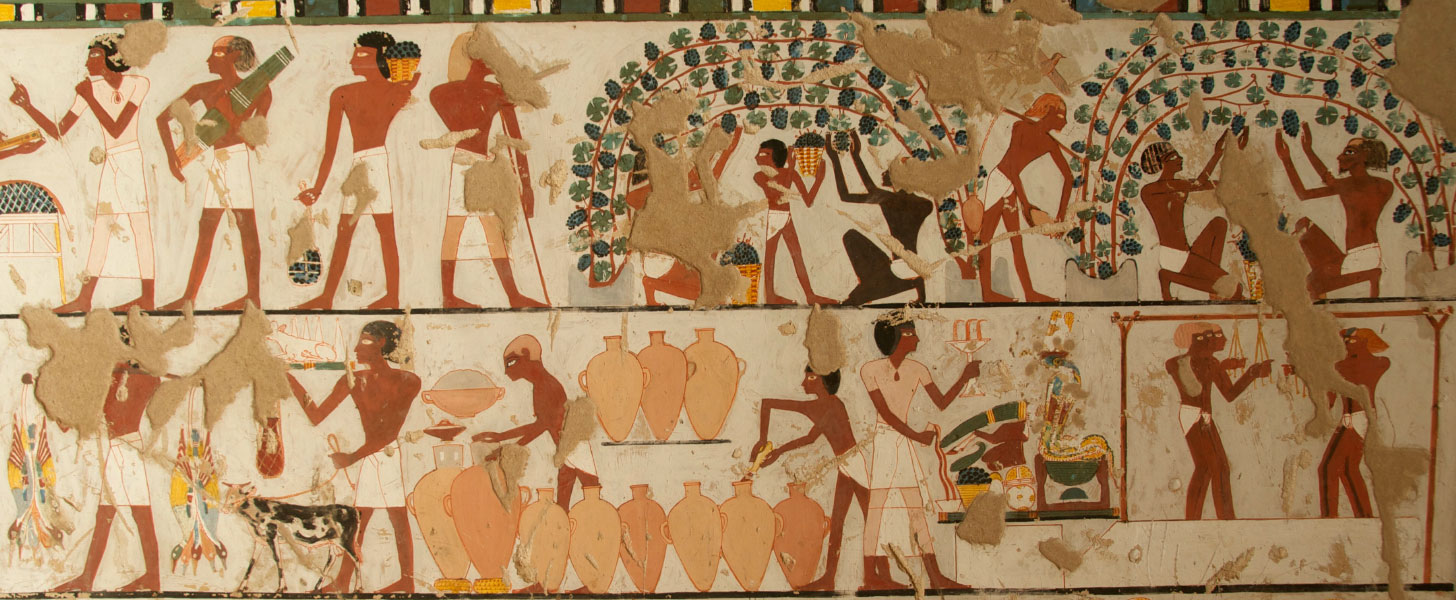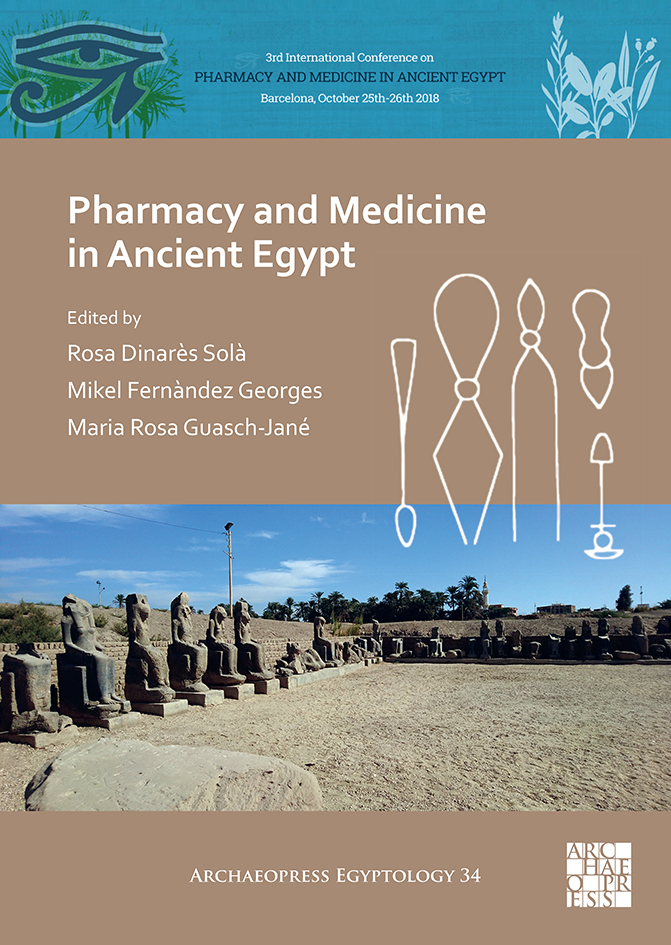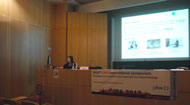Super User
Pharmacy and Medicine in Ancient Egypt. Proceedings of the conference held in Barcelona (2018)
Grape Archaeology and Ancient DNA Sequencing
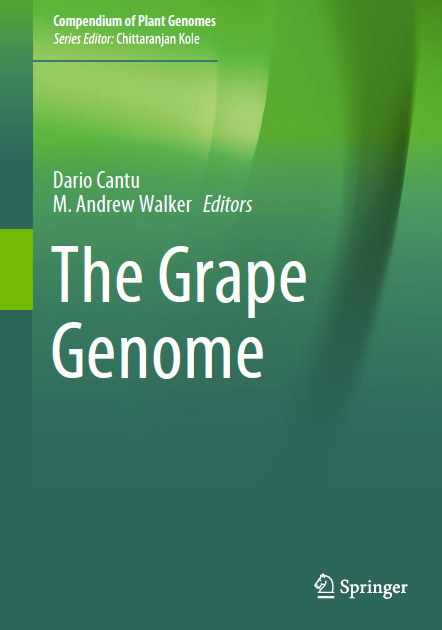 Guasch-Jané M.R. (2019) Grape Archaeology and Ancient DNA Sequencing. In: Cantu D., Walker M. (eds) The Grape Genome. Compendium of Plant Genomes. Springer, Cham. https://doi.org/10.1007/978-3-030-18601-2_4
Guasch-Jané M.R. (2019) Grape Archaeology and Ancient DNA Sequencing. In: Cantu D., Walker M. (eds) The Grape Genome. Compendium of Plant Genomes. Springer, Cham. https://doi.org/10.1007/978-3-030-18601-2_4
Abstract The cultivation and domestication of the grape appears to have occurred between 7000 and 4000 BC. The archaeological and historical evidences suggest that the domestication of the grapevine took place in the Near East. Nevertheless, whether a single origin or secondary independent grapevine domestications occurred and where they happened remains so far unanswered. Wine has had an important role in religious rituals since Antiquity. In mythology and theology, wine was symbolic of the power to revitalize and rebirth. In Ancient Egypt, wine was daily served to the gods by the Pharaoh and the priests in ritual ceremonies in the Egyptian temples. In daily life, wine was an enjoyable drink consumed by the elite in festivals, banquets and funerals. Further, the grape was one of the most important fruits in the Classical Mediterranean civilizations and grapevines and the wine were widely spread through trade sea routes. This chapter presents an overview of the archaeological evidence for wine culture in the ancient Near East, Egypt and the Mediterranean region. It also presents a discussion of the chemical and morphological research methods and paleogenomic analyses and discussion that have been applied to ancient grape and plant material.
Keywords: Ancient DNA, Amphora, DNA preservation, Grape domestication, Wine archaeology.
DOI https://doi.org/10.1007/978-3-030-18601-2_4
Print ISBN978-3-030-18600-5
Online ISBN978-3-030-18601-2
THE COLOUR OF WINES STUDY ON “DISCOVER THE KING TUTANKHAMUN” DOCUMENTARY OF THE NATIONAL TV IN JAPAN (NHK)
On the 8th of June 2017, the National TV of Japan (NHK) came to the Scientific and Technical Services of the Parc Científic of the Universitat de Barcelona to interview Maria Rosa Guasch Jané for the “Discover King Tutankhamun” documentary. In this tv interview, she explained her research study of the colour of Tutankhamun’s wines.
The day before NHK TV filmed in the Loxarel winery at the Penedès area, which is specialized in amphora wines.
Filmed in different locations such as Egypt, Oxford and Milan, “Discover King Tutankhamun” will be broadcasted in Japan in November 2017.
http://www.loxarel.com
JIA, Jornadas de Jóvenes en Investigación Arqueológica 2011
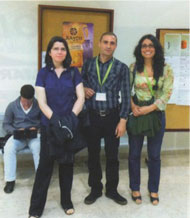 O PROJECTO WINE OF ANCIENT EGYPT/ IREP EN KEMET FOI APRESENTADO NAS JORNADAS JOVENS EM INVESTIGAÇÃO ARQUEOLÓGICA DO ANO 2011, CELEBRADAS EN FARO.
O PROJECTO WINE OF ANCIENT EGYPT/ IREP EN KEMET FOI APRESENTADO NAS JORNADAS JOVENS EM INVESTIGAÇÃO ARQUEOLÓGICA DO ANO 2011, CELEBRADAS EN FARO.
RESUMO: A mais vasta e antiga documentação sobre viticultura e produção de vinho provém do Antigo Egipto. Imagens de viticultura e de enologia foram representadas nas paredes dos túmulos privados desde o Império Antigo (2575 – 2150 A.C.) até ao período Greco-Romano. O vinho era um produto de prestígio consumido maioritariamente pelas classes altas e pela família real e era oferecido nos templos pelos Sacerdotes e pelo Faraó. Desde o período Pré-Dinástico (4000 - 3100 A.C.) que as ânforas de vinho eram colocadas nos túmulos egípcios como oferendas funerárias.
"Irep en Kemet, o vinho do antigo Egito. As origens da cultura do vinho no mediterrâneo". Universidade de Viçosa, Brasil. 25 de Setembro de 2012
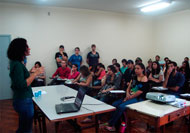 O PROJECTO IREP EN KEMET FOI À UNIVERSIDADE DE VIÇOSA, MINAS GERAIS, BRASIL, APRESENTAR A SUA INVESTIGAÇÃO.
O PROJECTO IREP EN KEMET FOI À UNIVERSIDADE DE VIÇOSA, MINAS GERAIS, BRASIL, APRESENTAR A SUA INVESTIGAÇÃO.
Com uma história de mais de 3000 anos, a civilização do Antigo Egito continua fascinando hoje em dia pela sua complexidade, riqueza cultural e beleza artística. No entanto, e ao contrário do que muitas vezes pensamos, há âmbitos que nos aproximam de forma insuspeitada da civilização egípcia e um deles é a chamada “cultura do vinho”.
4TH INTERNATIONAL EURO-MEDITERRANEAN CONFERENCE -EUROMED- 2012 ON CULTURAL HERITAGE AND DIGITAL LIBRARIES
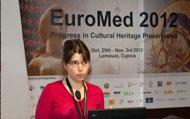 ‘IREP EN KEMET’ PROJECT: DOCUMENTING THE CORPUS OF WINE IN ANCIENT EGYPT
‘IREP EN KEMET’ PROJECT: DOCUMENTING THE CORPUS OF WINE IN ANCIENT EGYPT
Maria Rosa Guasch Jané, Sofia Fonseca, Mahmoud Ibrahim
Presented are the research objectives of the project ‘Irep en Kemet’, Wine of Ancient Egypt, and the content of the website. This research project aims at documenting the complete corpus of wine in ancient Egypt and analysing the data (iconography, textual sources and artefacts) to unveil the importance of the ancient Egyptian wine culture legacy in the Mediterranean region.
VI JORNADAS DE JÓVENES EN INVESTIGACIÓN ARQUEOLÓGICA 2013 (JIA), 7/11 Mayo, Barcelona.
 EL ESTUDIO DE LA ICONOGRAFÍA DEL VINO EN LAS TUMBAS PRIVADAS DEL ANTIGUO EGIPTO: DE LA INVESTIGACIÓN EN LOS ARCHIVOS A LA PRESENTACIÓN DE LOS RESULTADOS EN UNA WEB INTERACTIVA.
EL ESTUDIO DE LA ICONOGRAFÍA DEL VINO EN LAS TUMBAS PRIVADAS DEL ANTIGUO EGIPTO: DE LA INVESTIGACIÓN EN LOS ARCHIVOS A LA PRESENTACIÓN DE LOS RESULTADOS EN UNA WEB INTERACTIVA.
Irep en Kemet (El vino del antiguo Egipto), es un proyecto de la Universidade Nova de Lisboa, financiado por la Fundação para a Ciência e a Tecnologia de Portugal (PTDC/HIS-ARQ/112562/2009), cuyo objetivo principal es documentar y analizar la iconografía de viticultura y enología presente en las tumbas privadas del antiguo Egipto.
PHOTOGRAPHIC MISSION IN EGYPT- PHASE 1
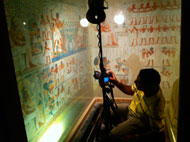 PHOTOGRAPHIC MISION TO THE PRIVATE TOMBS WITH VITICULTURE AND WINEMAKING SCENES IN UPPER EGYPT
PHOTOGRAPHIC MISION TO THE PRIVATE TOMBS WITH VITICULTURE AND WINEMAKING SCENES IN UPPER EGYPT
Last July 2013 a photographic mission was carried out in Luxor, Aswan and Sohag archaeological sites, in Upper Egypt, with the authorization of the Egyptian Supreme Council for Antiquities. The goal was to photograph the ancient Egyptian private tombs with viticulture and winemaking scenes that the team has identified during the previous months on the bibliographic and archives research.
PARTICIPATION IN THE INTERNATIONAL CIPA SYMPOSIUM 2013
XI CONGRES DE MUSEUS DEL VI D'ESPANYA, VINSEUM, VILAFRANCA DEL PENEDÈS, 27, 28 I 29 DE NOVEMBRE DE 2013
 LA VITICULTURA Y LA ENOLOGÍA EN EL ANTIGUO EGIPTO: ESTUDIO DE LAS ESCENAS PRESENTES EN LAS PAREDES DE LAS TUMBAS.
LA VITICULTURA Y LA ENOLOGÍA EN EL ANTIGUO EGIPTO: ESTUDIO DE LAS ESCENAS PRESENTES EN LAS PAREDES DE LAS TUMBAS.
El pasado día 28 de noviembre de 2013, el equipo del Proyecto "Irep en Kemet" participó en el XI Congreso de Museos del vino de España. La presentación “La viticultura y la enología en el antiguo Egipto: estudio de las escenas presentes en las paredes de las tumbas” estuvo a cargo de Maria Rosa Guasch y Sofia Fonseca. Los objetivos principales eran presentar el proyecto y dar a conocer la página web del proyecto patrocinada por el Vinseum, Museu de les cultures del vi de Catalunya, entidad organizadora del evento.
RTVVilafranca, “Vinseum s’implica en diversos projectes que investiguen sobre l’antiguitat del vi i la viticultura, Nov. 28th 2013.


